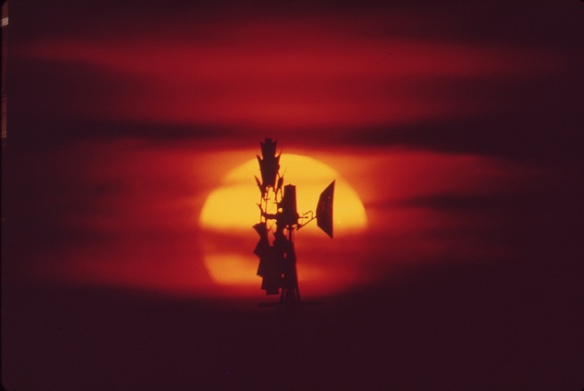Residents in Darwin are over 1.5 x more likely to be using solar power than those in other Australian cities.
Those living in the capital of the Top End have been found to be the number one users of solar power in Australia according to data released by the Australian Bureau of Statistics.
[infogram id=”5ecd30dc-94c1-424f-8019-01ce1b60458d”]Despite being the biggest users of solar power, Darwinians aren’t necessarily using it to power their lights and appliances. In fact, the overwhelming use for solar power in the city is hot water systems.
Over the past decade, rates of solar power usage have more than doubled across the country. The Housing Occupancy and Costs (2013-14) data from the ABS shows an increase in usage from 5% of households across all capital cities in 2007 – 08 to 18% in 2013 – 14.
This is reflected in the jump in usage between 2007 – 08 and 2013 -14 in all capital cities, that is, except for Darwin. The increase in usage from 37% of the population in 2007-08 to 41% in 2013 -14 is much less significant than the jump in other cities.
Unlike residents in other capital cities across the country, those living in Darwin have not only been using more solar energy but they’ve been using it for longer too.
The second biggest users reside in the West Australian capital of Perth, who are still 16% less likely to be using solar power than those living in Darwin. However unlike in the Northern Territory capital, there was over a 10% jump in usage over the 2007 – 08 to 2013 – 14 period.
[infogram id=”580c65c2-f8cf-4b92-82ec-8cc2a01a91f7″]This jump coincides with the introduction of the Federal Government’s solar power rebates program, which provided financial support for homes and schools to install solar systems. This program was phased out in the early 2010s to be replaced with the similar ‘Solar credits’ program. This program was slightly different but allowed residents to save money by providing power back to the mains grid.
Brisbane, despite being in what is colloquially known as the ‘sunshine state’, still lags behind the Territory on 21.1 % and ranks 4th in Australia for solar power usage just scraping in after Adelaide on 21.8%.
These cities saw an increase in usage over the past decade far greater than the NT and Perth, from 5.2% in Queensland and 4.2% in Adelaide to over 21% in each city, again reflecting the introduction of Government solar incentives and rebates.
Aside from South Australia, the southern states are seriously lagging behind in terms of solar power usage. The combined rates of solar energy use of both greater Melbourne and greater Hobart are less than the rate of use in Perth. With Perth as the second highest rating area for solar use, both Melbourne and Hobart are far behind usage rates in the Top End at 13.6 and 11.2% respectively.
Almost every single home using solar electricity or hot water systems in Australia is also potentially supplementing this with mains power or feeding excess energy generated by their systems back into the grid.
[infogram id=”d4daa71c-569e-4c63-9305-543b3f93d959″]According to the ABS data, 99.7% of homes in Australia are connected to mains power with it being the main source of energy across every state and city. In fact, solar energy ranks quite low in terms of energy sources used by Australians, with less than a quarter of residents using the technology.
However, it still ranks the highest out of the non-mains power options with LPG bottled gas and wood being used less frequently than solar energy.

